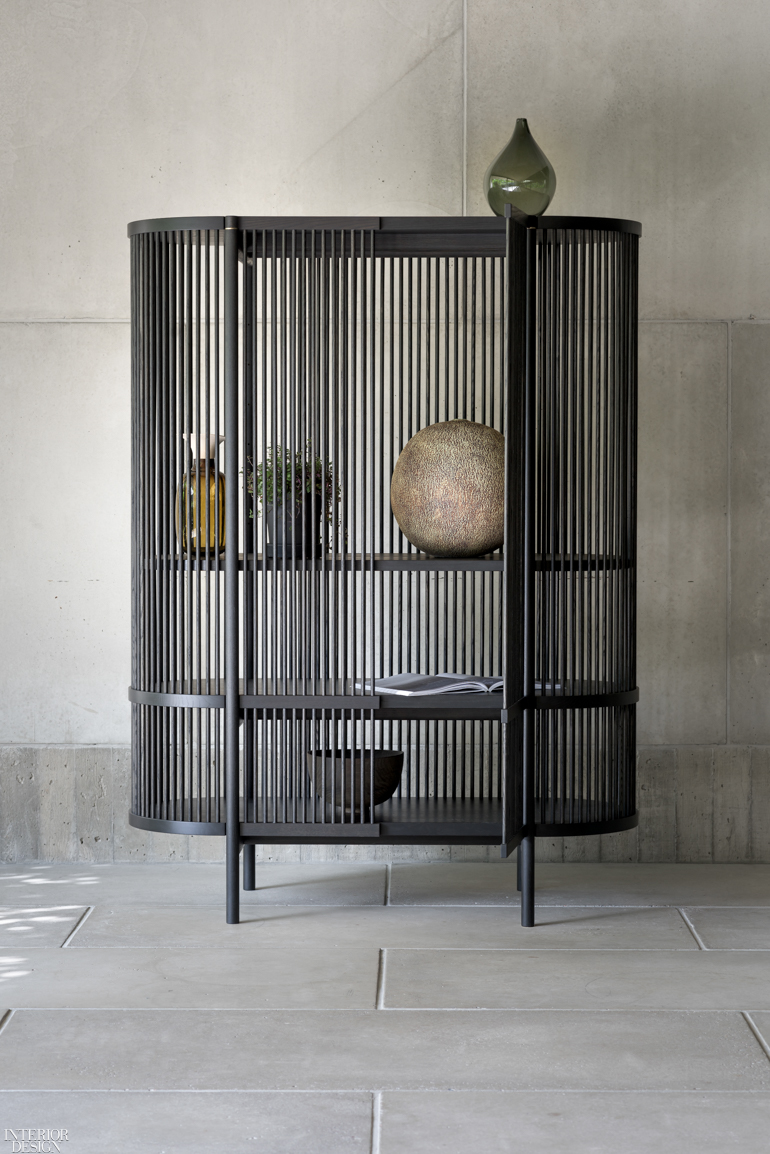At Gestalt New York’s Upstate Showroom, City Style Meets Country Charm
Opening a brick-and-mortar store hardly makes one a trailblazer. But in an age where e-commerce is increasingly the norm, two design-industry mavens are revisiting the concept of what it means to have a showroom. Gestalt New York, which opened an upstate outpost in the town of Hudson, New York this past July, is a collaboration between design consultants and business partners Karolina Dabo and Adrian Pollack. The company’s new store offers a curated selection of handcrafted furniture, lighting, and objets d’art from international and sometimes under-the-radar brands, as well as reissues of timeless classics.
“I think what we’ve done is quite old fashioned,” says Pollack, whose 20 years of experience in the design industry includes, more recently, managing sales for Fritz Hansen, Molteni&C, Tom Dixon, and others. “It’s no secret that brick-and-mortar is fading and everything’s moving online.”

Not so in the burgeoning creative community of Hudson, which has earned a reputation in recent years as a weekend destination for New York City-based art and design enthusiasts. The continued influx of high-end design stores, art galleries, and hotels has fueled the transformation of the upstate town, which faced an economic decline in the mid-20th century.
It was this community that attracted Pollack and Dabo, who is a former director of marketing for brands such as Flos and Fritz Hansen. The duo had been hoping to open a showroom since launching their design consultancy, Gestalt New York, in the city in October 2018. But Manhattan, with its fast-paced lifestyle, didn’t seem like the right fit. Then a space opened up on Hudson’s fashionable main drag, Warren Street, and they took the plunge.
“While we still have a connection to Manhattan—and I think we’ll always have that connection—a lot of Manhattan is coming here,” says Dabo, who still maintains Gestalt’s consulting office in the city during the business week. “There’s a connection, a synergy between the cities. I think this is that break from the city that a lot of people need. And there’s this enjoyment, and appreciation, of design.”

Some items on view are old and storied, others cutting-edge and contemporary, but all share crucial common threads: namely, a tendency towards hand craftsmanship as well as a nod to Hudson’s authentic country charm.
“When we’re looking at a product, it has to suit Hudson, but it also needs to be something that people would still want in the city,” says Pollack. “Upstate, people expect things to be very rustic. We do like the idea. You’ll notice we don’t have anything plastic. Everything uses very honest materials—a lot of solid wood, and a lot of hand craftsmanship.”

He and Dabo have a clear affinity for Scandinavian design. One standout example, which sits in the window and stalls passersby, is the Bastone Cabinet devised by a 26-year-old Finnish craftsman, Antrei Hartikainen, for Helsinki-based studio Poiat. Dabo and Pollack are enchanted by the young artisan—they dub him a “boy genius”—whose solid-oak design is made with or without doors. Each of the frame’s delicate rods are set into the base with a small spring. Pollack calls it “clever” design, while Dabo puts it even more simply: “It’s just really, really well made.”

For something more midcentury, take the PV Daybed, which was designed by Poul Volther in 1958 and later fell out of production. One of Dabo and Pollack’s favorite brands to work with, Klassik Studio, acquired the rights from Volther’s family to start manufacturing it again. The crafty sofa transforms into a spacious mattress via an oak frame that tilts back.
Everything for sale is made to order, including vintage designs. And if a customer wants something actually from the 1960s, it’s a short walk to any of the town’s myriad antique shops. And Dabo loves that, too.
“We want to be very sympathetic to the surroundings and to the culture here,” she says. “That’s what drew us here in the first place. We want to be honest and true to who we are as a company as well as to the neighborhood. I think if we stick to those values then we’ll stay happy with what we do for a long time.”
And happiness, Dabo adds, is key. “I think that at this point in our careers, you have to really like what you do and who you work with. This is what we spend most of our time doing. It has to make us happy.”

Read more: Here’s What the New 1stdibs Gallery in New York City Means for Designers


